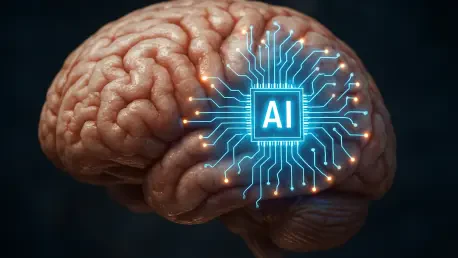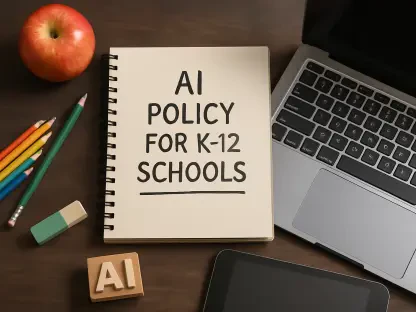Exploring the potential of artificial intelligence (AI) in education, recent research highlights its transformative capabilities alongside considerable challenges. Educators express robust optimism about AI’s ability to personalize and improve educational outcomes. However, despite this positive outlook, the actual integration of AI tools remains constrained primarily due to infrastructure gaps, a lack of strategic vision, and insufficient professional development in many educational settings.
The Growing Need for AI Integration
AI adoption in education is gaining attention as a crucial component in modernizing and enhancing teaching and learning processes. The research considers various factors influencing this adoption, with an understanding that education systems must evolve to meet new demands for personalized learning experiences. The importance of this research lies in its potential to improve student engagement, reduce administrative tasks, and support teachers, creating more efficient and effective educational environments. This shift toward innovative learning solutions aligns with broader societal trends emphasizing technological advancement.
Research Methodology, Findings, and Implications
Methodology
The research employed both quantitative and qualitative analysis to explore the role of AI in education. Techniques included surveys and interviews with educators to discern current attitudes and practices concerning AI. Utilizing tools like PowerSchool’s survey data, the study conducted a comprehensive evaluation of AI’s tangible impact on educational institutions.
Findings
Findings reveal a significant disparity between the perceived potential of AI and its current implementation. Although many stakeholders recognize AI’s capacity to personalize learning and manage administrative tasks efficiently, its widespread usage is hampered by a lack of infrastructure and strategy. Survey results indicate that only a minimal fraction of educators report having a clear plan for AI integration, presenting a major barrier to its adoption.
Implications
The implications of these findings emphasize the necessity for strategic planning and professional development to enable holistic AI integration in education. Addressing challenges such as student attendance, behavior management, and staff shortages could also benefit from AI solutions. The research suggests that aligned priorities among educators, from district administrators to classroom teachers, are critical for realizing AI’s potential. This alignment can lead to more dynamic, innovative learning environments.
Reflection and Future Directions
Reflection
Reflecting on the research process and outcomes, several challenges were evident, including the complexity of measuring AI’s direct impact on educational performance due to varied technological capabilities across institutions. Overcoming these challenges required a multifaceted approach, combining data-driven analysis with firsthand educator insights. Future research could expand by incorporating diverse case studies from varied educational settings, offering a richer understanding.
Future Directions
Future research should focus on developing comprehensive frameworks for AI integration in education. Key areas for exploration include devising strategic implementation plans, identifying effective training programs for educators, and examining AI’s role in addressing teacher burnout and mental health. As technology evolves, continuous research will be vital to fully harness AI’s capabilities in creating responsive, efficient learning environments.
Conclusion
In summary, the study revealed that while AI holds significant promise for enriching educational processes through personalized learning and administrative efficiency, substantial barriers still exist in its adoption. For educational institutions to harness AI effectively, there must be focused investments in infrastructure, strategic planning, and professional growth for educators. The need for ongoing research and collaborative efforts remains critical to foster educational innovation, shaping the future of learning beyond existing challenges and into opportunities for holistic development.









